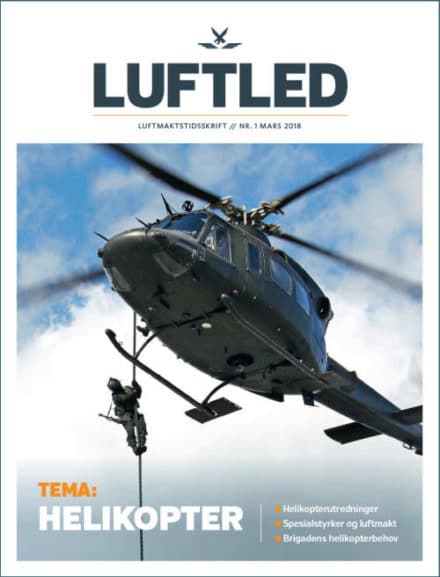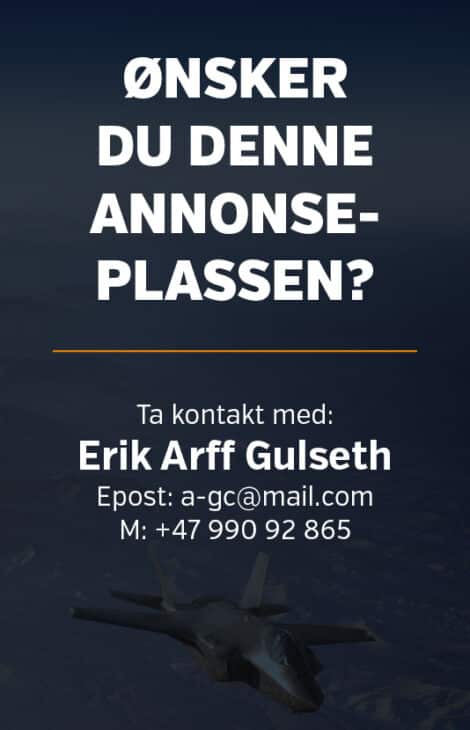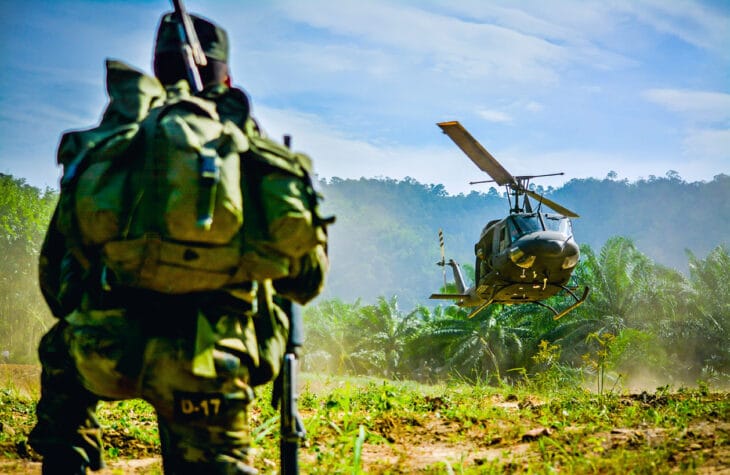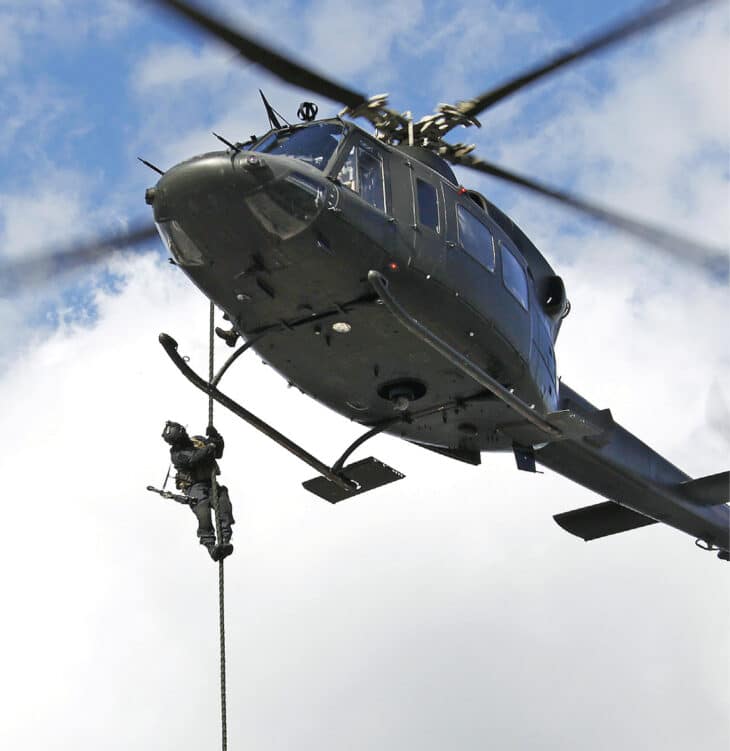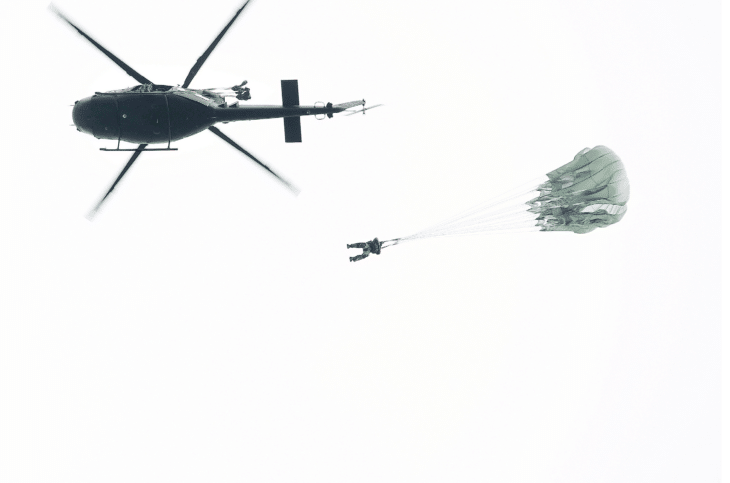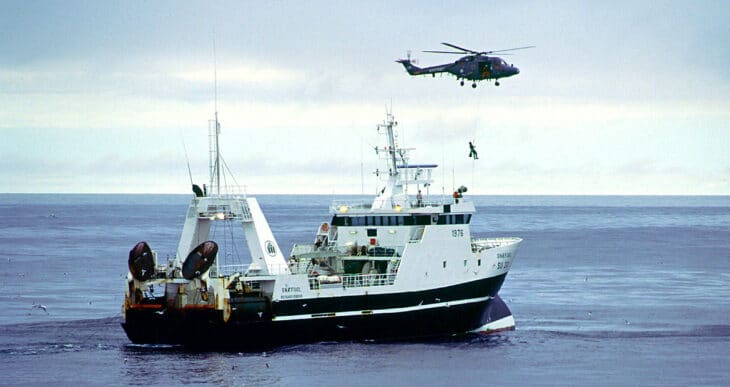CLOCKWORK: JHC PREPARE FOR EXERCISE COLD RESPONSE 2020
This year has seen the annual deployment of Joint Helicopter Command (JHC) personnel to the Clockwork JHC training facility situated at Bardufoss under the Exercise name Nordic Eagle. The focus for JHC in the next few years is to force generate trained personnel to support Exercise Cold Response 2020.
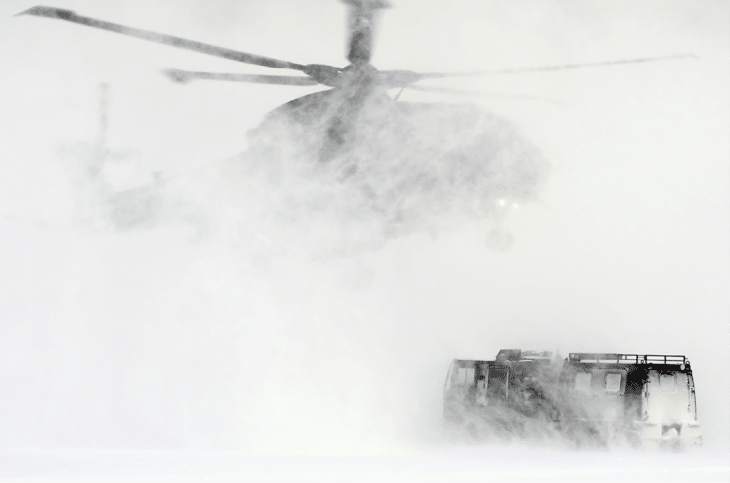
Commando Helicopter Force and latterly the JHC has been deploying to Bardufoss for the last 49 years to conduct their Cold Weather (CW) Training in support of 3 Commando Brigade (Cdo Bde) Royal Marines. Over 17.000 personnel have been trained to operate and fight in the harsh CW environment and 10 different aircraft types have operated from Clockwork and flown an estimated 40.000 hours.
Clockwork JHC
Clockwork JHC Mission is to «Provide survival and operational training and support facilities to enable aviation capable units and support arms to survive, operate and fight in the extreme C2 environment».
Clockwork Enabling Team is made of 78 personnel with a Command Element led by an Aviator with flying experience in the arctic environment. Other elements that support training output are a Logistic Department which includes chefs, stores assistants, medical staff and service police. Ground Training has its own dedicated team lead by Commando Helicopter Force Ground Training officer, supported by Royal Marine Mountain Leader 1 as well as a Signals section that provide safety communications for the Cold Weather Survival Course (CWSC) and a motor transport section. An Air Engineering department provide engineering training and advice to visiting detachments. The Clockwork enablers deploy for approximately 5 months to cover all the training evolutions for the winter period and provide a «Plug and play» facility for visiting detachments.
Cold Weather Survival Course
Although the primary output of CLOCKWORK is the Aircrew Environmental Qualification (EQ), the Ground Training syllabus enables Aircrew, Engineers and support staff to safely operate in the Extreme Cold Weather Environment that is Northern Norway.
Ground Training is split into two main areas; Driver Training and the Cold Weather Survival Course (CWSC). Both are delivered by internal instructors and focus on enabling the flying and maintaining element of the CLOCKWORK deployment.
Over 17.000 personnel have been trained to operate and fight in the harsh CW environment and 10 different aircraft types have operated from Clockwork and flown an estimated 40.000 hours
Cold Weather Survival Course
Although the primary output of CLOCKWORK is the Aircrew Environmental Qualification (EQ), the Ground Training syllabus enables Aircrew, Engineers and support staff to safely operate in the Extreme Cold Weather Environment that is Northern Norway.
Ground Training is split into two main areas; Driver Training and the
Cold Weather Survival Course (CWSC). Both are delivered by internal instructors and focus on enabling the flying and maintaining element of the CLOCKWORK deployment.
The Driver training guarantees that personnel deployed on the exercise have the required skills to drive vehicles safely in the arctic environment. The Driving Instructor Team ensures that aircraft detachments and course providers have enough suitably qualified drivers on the General Service Land Rover Defender and the BV206 over-snow tracked vehicle. Each course is 1 week in length and includes varied terrain and visibility serials and a session on an ice skid pan.
The CWSC is run by a Royal Marine’s Mountain Leader Class 1. The CWSC is 6 days in length and is designed to teach Aircrew, Engineers, Chefs and other enablers how to Survive, Move and Fight in Extreme Cold Weather. The training culminates in a night in a «Quincee» survival shelter and a dip in the ice to experience the famous Ice Breaking Drills. This course is a pre-requisite for all JHC personnel to operate in Norway.
Ground Training is enduring throughout the deployment and this year up to 300 personnel from the Royal Navy, Army and Royal Air Force will be trained. This will also include a small number of USMC personnel from a number of different USMC aviation units.
Engineer Training
On completion of survival training aircraft engineers receive cold weather engineering training, covering the hazards associated with working on aircraft outdoors in extreme conditions. This training includes the erection of improvised shelters and the use of Dantherm heaters within a makeshift shelter to form a heated working area. In addition to this the engineers are taught specific limitations and requirements associated with their own aircraft type. This includes aircraft operating limits, known problems associated with extreme cold and an appreciation of how challenging even simple engineering tasks become in an arctic environment.
Mobile Air Operations Team (MAOT)
Personnel from the Commando Mobile Air Operations Team (MAOT) deploy each winter as part of the Ex CLOCKWORK enabling staff in order to support flying training.
MAOT’s primary duties are to select and operate Helicopter Landing Sites (HLS) in the Bardufoss area, ensuring they are safe by marking them with lights and providing the aircrew with terminal guidance by radio. They are also able to conduct training for other supporting elements giving them the ability to reconnoitre HLSs and build under slung loads to be lifted by helicopter.
Aviation Training
This year has seen two aviation Detachments from the Joint Helicopter Command deploy to Bardufoss for up to 3 months to learn the necessary skills to fly and operate in the arctic. Merlin and Chinook crews have been taught the skills to operate their aircraft in extreme cold temperatures. Landing techniques in recirculating snow, both day and night and on NVD have been mastered as well as under slung load training. Operating in mountainous terrain, low level navigation and bad weather flying techniques are learnt as well as emergency handling skills over snow cover terrain are imparted to enable aircrew to safely operate in this harsh environment. Crews fly approximately 16 hours to complete the basic course and if time allows, crews consolidate their skills by conducting tasking with both Norwegian and British forces in the local area. The skills learnt in the arctic environment build sound airmanship and good decision making, so improving captaincy for aircrew. The skills learnt in this harsh environment are transferable to other theatres of operation encountered by JHC aircrew and engineers across the Globe.
If you can operate in the Arctic, you can operate anywhere
INTEROPERABILITY OPPORTUNITIES
This year has seen a drive to conduct more training with the Norwegian Armed Forces. This has been closer cooperation between British aircrews and 339 Sqn RNoAF with briefs on aircraft capabilities, joint planning exercise and finally a mixed formation sortie. CHF deployed into the field and set up a Tactical Refuel Area (TRA). Establishing and operating the TRA requires a wide variety of specialist personnel including signallers, drivers, aircrew, caterers and medics from the Royal Navy’s Commando Helicopter Force. The unique field-deployed refuelling capability is provided by the RAF’s Tactical Supply Wing (TSW) who delivers cold weather trained specialist refuelers and powerful Oshkosh tankers.
Once established, the TRA provides a secure and reliable field refuelling point for JHC helicopters and those of our allies. The team successfully provided fuel in the field for RAF Chinook and Norwegian Bell 412 aircraft, extending their effective range and maximising opportunities for mission success.
This year up to 300 personnel from the Royal Navy, Army and Royal Air Force will be trained. This will also include a small number of USMC personnel from a number of different USMC aviation units
In summary, operating in this harsh environment develops team work, field skills, driving techniques and how to operate aircraft in the cold weather environment. There is a saying «that if you can operate in the Arctic, you can operate anywhere».
